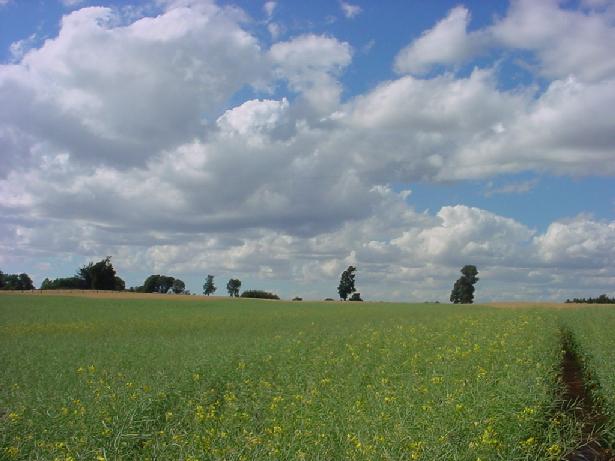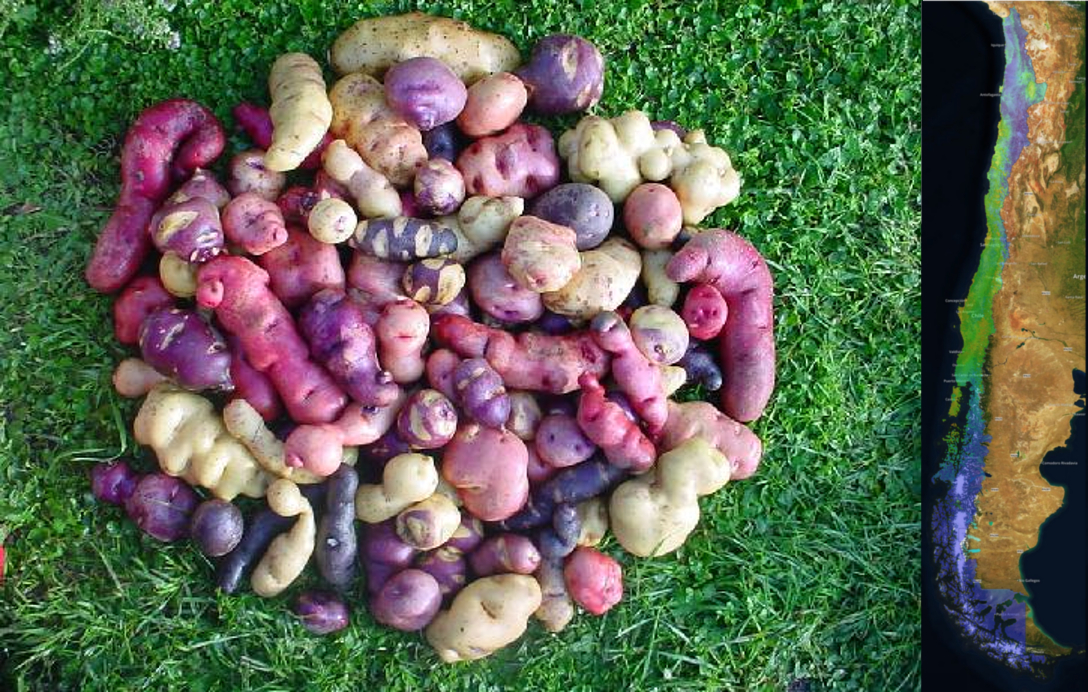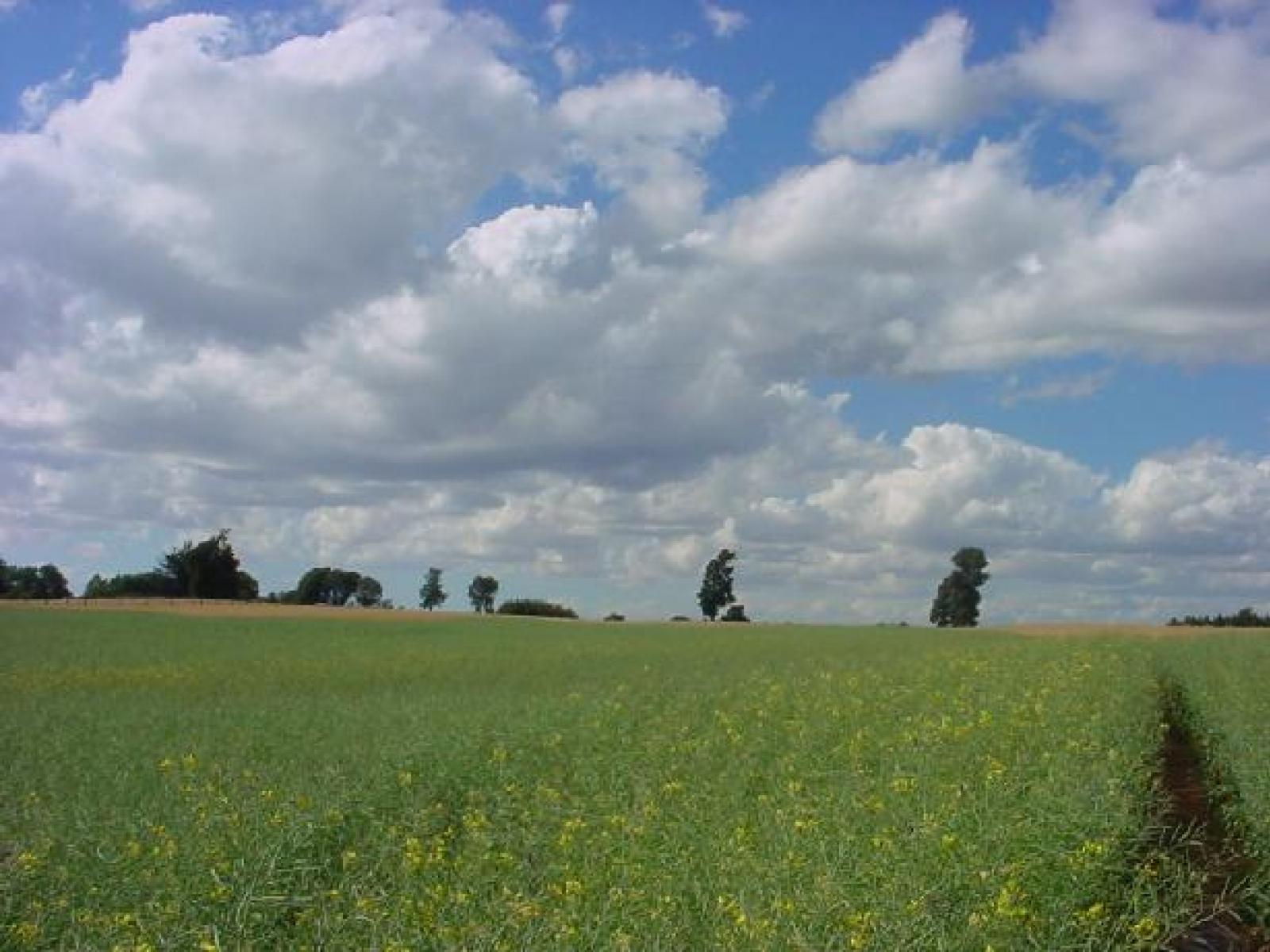An Overview Of Our Solution
We have built a WebApp (www.flujogenico.cl) including an up-to-date data on vascular flora, pollinator insects, transgenic crops, and the geography and climate of Chile. Data sets were organized to determine a Total Outcrossing Potential predictor (TOP), which allows for the modeling and prediction of impact situations between crops and between crops and biodiversity.
The main features are:
-An informatics/graphic interface that allows for the prediction of outcrossing potentials between species in the country.
-TOP models the effect of agriculture on agriculture (coexistence calculation mode) and agriculture on biodiversity (biodiversity calculation mode).
-Important additional tools included, such as a glossary and Methodological Guidelines for Environmental Risk Analysis.
-The site can be used in both genetic resource studies and agricultural production.
Who is this solution impacting?
Community Type
Suburban
Rural
Additional Information
- Population Impacted:
- Continent: South America
General Information
Organization type
政府
Ecosystem (select all that apply)
Deserts
Forests
Freshwater
Grasslands
Oceans/Coasts
Population impacted
Country level
Challenge
Size of agricultural area
Country level
Production quantity
Country level
People employed
4 people
Solution
Describe your solution
The extent of influence of the cultivated species on their surrounding environment has received an intense research due to the development and the expansion in the use of the genetically modified (GM) crops. Evaluation, measurement and modeling of outcrossing potential between species and its influence over wild relatives and the conventional agriculture has received special attention and their impact in landscapes where they are introduced has already been substantially analyzed. Besides this, every impact analysis has to be done considering the very particular conditions that each specific area includes.
Our project has established a baseline for the convenient ex-ante evaluation of different events that could take place in different geographical areas in the country. In this way, from small farmers to big seed companies can estimate their cultivation conditions and factors that will be influencing their activities, and also estimate their impact over the landscape in which these activities are carried out.
Our system involves systematic botanical and agronomical information about the Chilean vascular flora. It allows the establishment of theoretical relationships among species regarding the specific geographical conditions of particular landscapes, including climate and pollinator insects eventually affecting these interactions.
Implementation
Describe your implementation
Our project proposes the use of up-to-dated botanical and agriculture-related databases that crosstalk among them in order to generate risk analysis in agriculture and plant biodiversity. This becomes of great interest due to the current trend into the use and generation of cross-referenced networks to adopt good practices guidelines for germplasm, genes and biodiversity managements.
The WebApp can be used as a tool for both farmers and regulatory agents involved in different aspects of agriculture in the country. The use of more powerful computers, programming languages, and the Internet accessible has resulted in considerable contributions to this new tool for Chilean vascular flora and their relationships with modern agriculture. In addition, outcrossing potential results between species can now be modeled. The occurrence of these interactions can also be judged based on spatial and climate information, which could lead to case-by-case analysis of the actual possibility of events taking place in the country.
The databases and the modelling system have been made available under the concept of an Internet web site, which in addition includes much more information regarding general concerns in the society.
Previous versions of our databases were formulated as closed software, and this has been used by different governmental agencies involved in GM seed approval. The current presentation is mostly based on Open Source resources and freely available.
External connections
Our work has been made possible for the continuous crosstalk with different Chilean institutions such as the Servicio Agricola y Ganadero (National Agriculture and Livestock Service; SAG) and the Asociación Nacional de Productores de Semillas (ANPROS; National Association of Seed Producers). Statistics, surveys and orientations were taken from those experiences under the considerations of the Chilean agriculture system.
Results
What is the environmental or ecological challenge you are targeting with your solution?
It is critical to know that genes movement depend on the agro-ecological characteristics of each environment; hence the importance of developing local studies. Our work in this area has been focused on the develop of screen systems that can model the outcrossing potential between plants and, using this knowledge, to develop systems to predict possible consequences. We use our expertise in molecular genetics, biology, botany, and computer programming capabilities.
The project aims the development of a system that estimates the possible impact of crops on the Chilean plant biodiversity. Such possible impact should arise from the deliberate introduction into the environment of crops. A case-by-case analysis is considered in order to predict the outcrossing potential by the developed tools. Results are provided under conceptual terms which allow to skilled and adequate decision makers to generate recommendations on co-existence (agriculture) and ecosystem (plant biodiversity) conditions.
Describe the context in which you are operating
Please include facts/figures where possible. (Where relevant, include information about social/community factors, water, food security, nutrition, and/or economic and sustainable development.) (1500 characters max.)
How did you impact natural resource use and greenhouse gas emissions?
We developed a national-scale study of outcrossing potential within Chilean vascular flora. We developed an algorithm, which adds parameters such as pollinator agents, climate, and geographic conditions. Datasets were organized and linked in a web platform (www.flujogenico.cl), in which the development of a total outcrossing potential (TOP) predictor was formulated. The TOP-predictor is the engine in the platform, which models the effect of a type of agricultural practice on others (coexistence mode) and on the environment (biodiversity mode). Our results are presented on-screen as an understandable concept. Results are useful from the perspective of assessing the possible impact of cultivated species on Chilean flora biodiversity. The TOP predictor (http://epc.agroinformatica.cl/) is useful for environmental risk assessment and we propose its use in decision making areas for both, production and regulatory components in the local society. Currently, we have produced two reports and these have been published as papers in the journals Plant Biotechnology Journal, DOI:10.1111/pbi.12408 and Ecology and Evolution, DOI:10.1002/ece3.2854.
Language(s)
Spanish and English
Social/Community
Our platform is public available for everyone linked to agriculture in the society. Free evaluations can be carried out by general public, stakeholders, or researchers.
Water
500 characters max.
Food Security/Nutrition
Our system uses official data from the last National Census, and it will be up-to-date yearly for official information from the Ministry of Agriculture. Information is kindly presented considering different backgrounds in the public.
Economic/Sustainable Development
We use official information, and synthesize it in order to generate kind screen with statistics or biological results. These can be used in different aspects of production in the country.
Climate
Our system uses up-to-date climate databases, and is constantly modeling according to climate data. Results are also linked to more climate related tool, such as windytv.com.
Sustainability
The designed platform is maintained by a group of three researchers dedicated to several research activities in the Station. Constant funding search is part of our activity, including external services. Also extensions for the current platform are under evaluation, including the effect and modelling of other biological menaces related with agriculture, such as diseases affecting dramatically our main productive crops (fruit crops mainly).
Return on investment
The web system was built due to the funding of a Chilean research agency (FONDEF). The grant was approx. US$ 150.000. The continuity of the program is considered cheaper, because all of the databases and models are already built. The system is thought as a non-profit service available for general public, and mainly for regulatory agencies in the country. We estimate the return of this base investment for the country in general terms, due to the improved effectiveness of the ERA work carried out by agencies.
Entrant Image

Entrant Banner Image

Replication and Scale
How could we successfully replicate this solution elsewhere?
The current system represents an improvement from previous work carried out by our research group, which produced an MS-Access database about vascular Chilean flora. This database has been used by the Chilean agencies for GMO approval and seed producer evaluations.
We have no knowledge about similar works overseas, although several biodiversity databases can be found in developed countries such as Canada, USA, Australia, and EU.
The modelling system is completely new.
